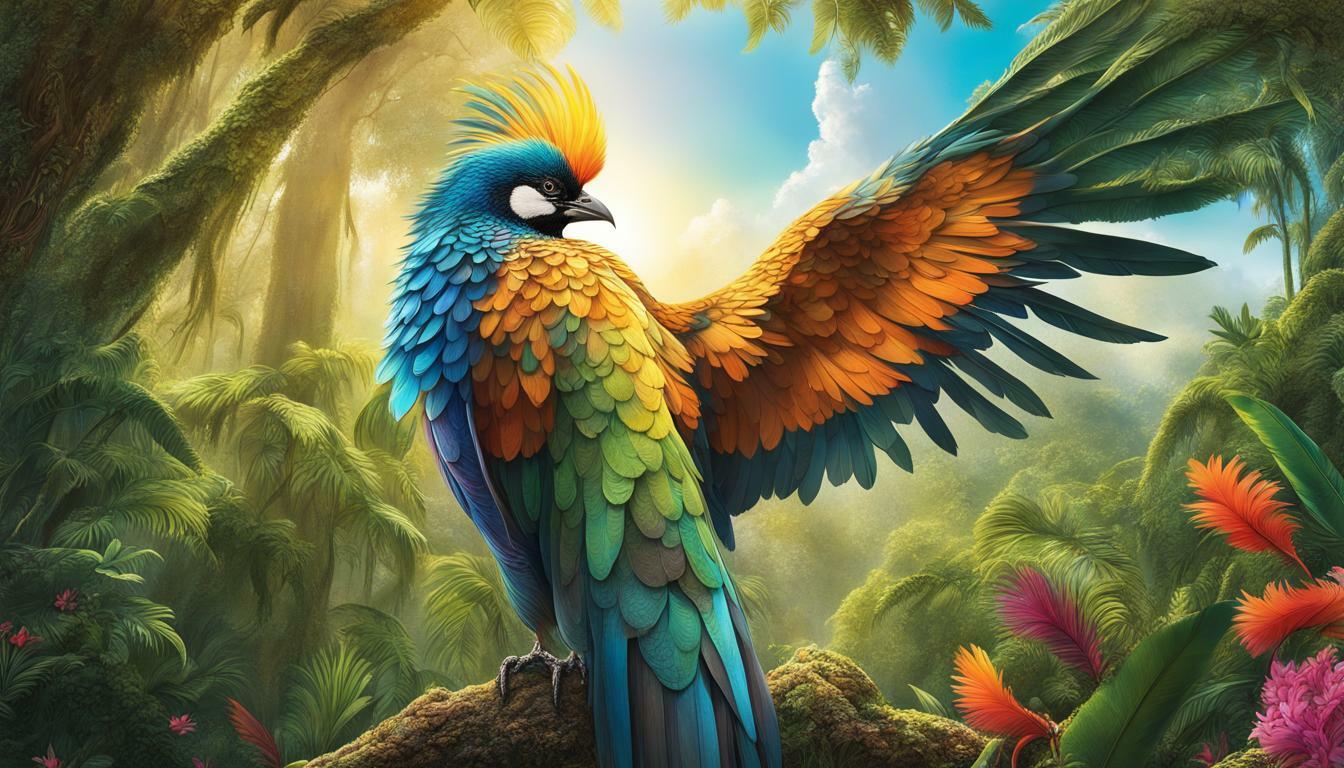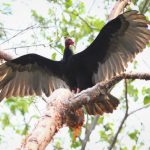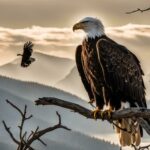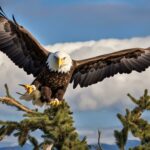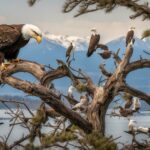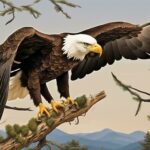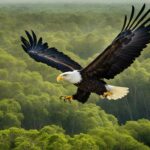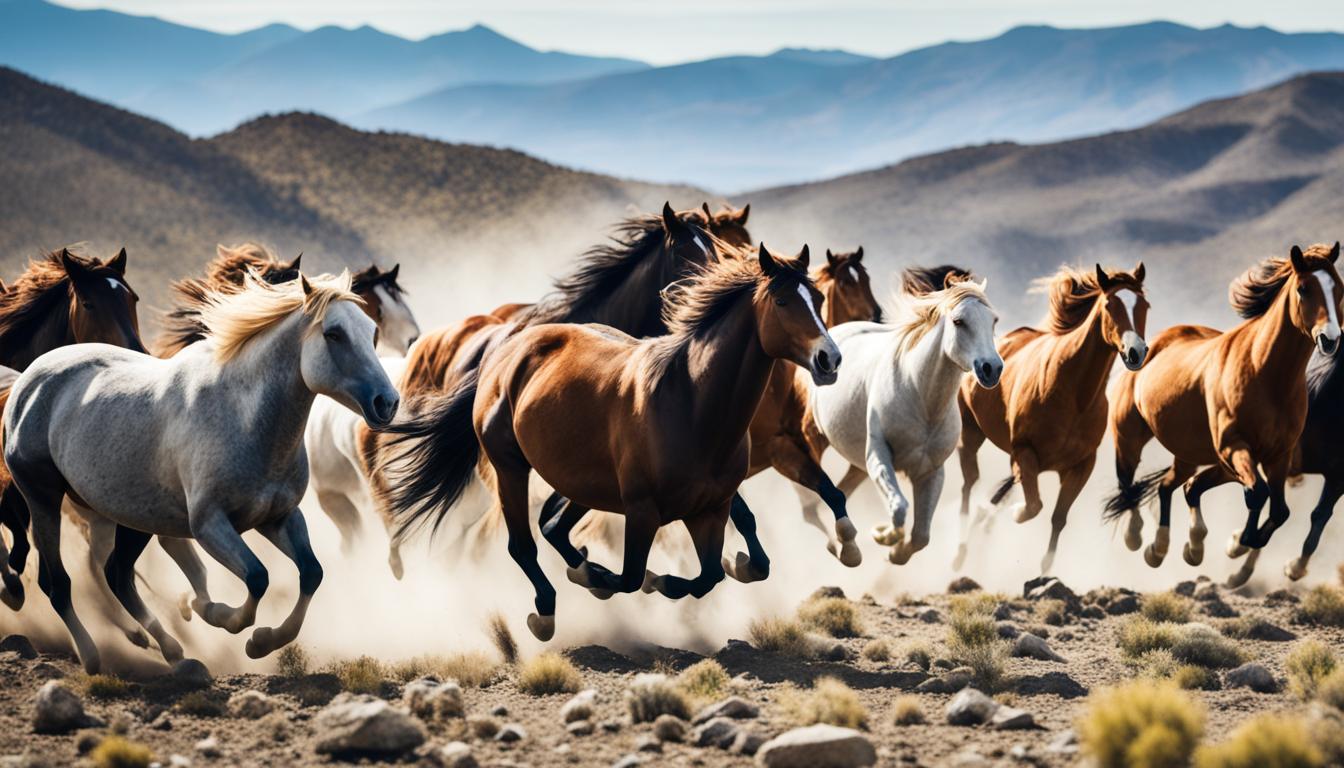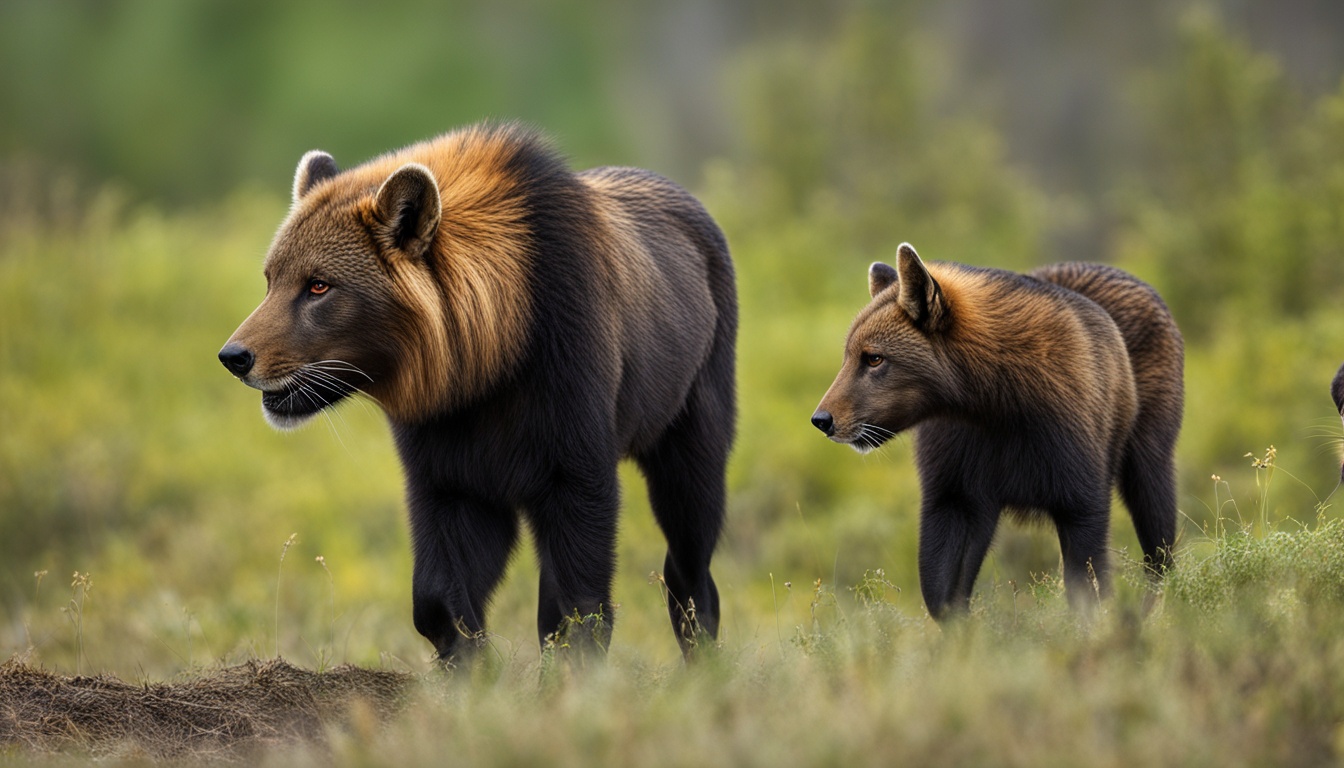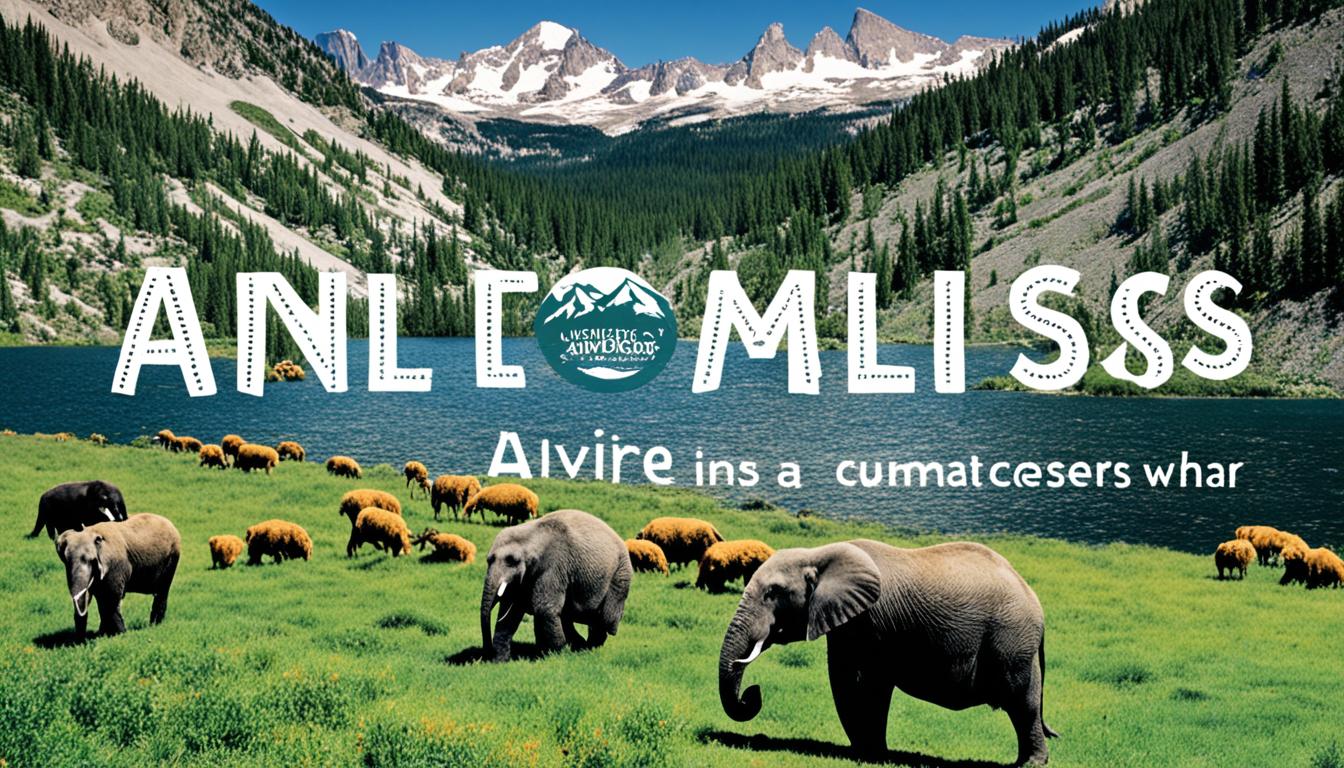If you’ve ever wondered whether birds can grow their feathers back, the answer is yes! Feather regrowth in birds is a fascinating process that enables them to replace their worn-out feathers and maintain their ability to fly. In this section, we will explore the intriguing topic of bird feather regeneration and provide key facts that will answer your questions.
Key Takeaways
- Birds can grow their feathers back through a process of feather regeneration.
- Feather regrowth in birds is essential for maintaining their ability to fly and stay warm.
- The process of feather regeneration involves the growth of new feathers from specialized follicles on the bird’s skin.
- The timing and quality of feather regrowth can be influenced by various factors such as diet, health, and environmental conditions.
The Process of Feather Regeneration in Birds
Feather regeneration, also known as feather replacement, is an essential process for birds to maintain their ability to fly and insulate themselves. The process allows birds to replace damaged, old, or lost feathers with new ones, ensuring optimal feather coverage and performance. So, can birds regenerate feathers? The answer is yes, and the process is fascinating.
The process of feather regeneration involves a complex interplay of physiological mechanisms that allow birds to regrow feathers. The first step is the initiation of new feather growth, which occurs when the feather follicle produces a new feather germ, a bulb-like structure that contains the necessary cells for feather growth. The feather germ will then develop into a new feather.
The timing of feather regrowth depends on the bird species, but generally, new feathers will start to grow after the old or damaged ones are shed or molted. The molting process is critical for the initiation of new feather growth, as it triggers the production of new feather germs and the resorption of old feathers.
The Mechanics of Feather Regeneration in Birds
The regrowth of feathers in birds involves several stages, including the formation of the feather germ, the differentiation of its cells, the growth of the feather shaft, and the development of the feather barbs and barbules. The feather shaft is the central structure of the feather, while the barbs and barbules are the branches that extend from the shaft. The growth of these structures is a complex process that requires the proper coordination of different cell types.
The differentiation of the feather cells is regulated by specific genes that control the expression of proteins involved in feather development. These proteins interact with each other to form the complex structure of the feather shaft, barbs, and barbules. The development of the feather also requires the formation of blood vessels that supply nutrients and oxygen to the growing tissue.
The colors of feathers are also determined by pigments produced by specialized cells called melanocytes. Different bird species have different pigments, which gives rise to their characteristic colors. The growth of pigment cells is also regulated by specific genes that control the expression of enzymes involved in pigment production.
In summary, the process of feather regeneration in birds involves a complex interplay of physiological mechanisms that allow birds to replace damaged, old, or lost feathers with new ones. The regrowth process is regulated by specific genes and involves the differentiation of different cell types, the formation of blood vessels, and the production of pigments. Understanding the mechanics of feather regeneration in birds is essential to comprehend their remarkable ability to renew themselves.
Feather Molting and Regrowth in Birds
As you’ve learned, feather regrowth in birds is an incredible ability, and one essential part of this process is molting. Molting is the natural shedding of old feathers to make room for new ones, and it is a critical step in the feather regrowth cycle.
During molting, birds will typically shed their feathers in a specific sequence, starting with the primary feathers (the longer feathers at the ends of the wings) and moving on to the secondary feathers (the shorter feathers closer to the body). The timing and duration of molting can vary depending on the bird species, climate, and other factors.
Feather replacement in birds is closely tied to molting, as the shedding of old feathers signals the body to start producing new ones. Once a bird has shed an old feather, it usually takes a few weeks for a new one to start growing in its place. During this time, the bird may have a patchy or uneven appearance as it regrows its feathers.
Interestingly, during the regrowth process, the new feathers will often be different in color and texture from the old ones. For example, a bird may grow brighter or duller feathers or feathers with a different pattern than their previous ones. This variation occurs because new feathers grow from different cells than old feathers, resulting in differences in pigment and structure.
The Mechanics of Regrowing Feathers in Birds
Feather regrowth is a complex process that involves several stages. The first stage is the growth of a new feather shaft, which sprouts from a tiny bump on the skin known as a papilla. The papilla contains the blood vessels and cells that will form the new feather.
Next, the feather will grow and mature, starting from the base and moving toward the tip. The feather will be covered in a protective sheath called a quill or calamus, which will eventually fall off once the feather is fully formed.
The rate of feather growth can vary depending on the bird species and other factors such as diet and health. For example, some birds may take several months to regrow a single feather, while others can grow several feathers at once in just a few weeks.
The Feather Regrowth Cycle
Feather regrowth follows a cycle that involves several overlapping stages. The first stage is called the “formative period,” during which the new feather is growing from the papilla. Next comes the “rapid growth phase,” during which the feather grows at a faster rate. Finally, the feather reaches the “hardening phase,” during which it becomes fully formed and the sheath falls off.
The feather cycle is also influenced by seasonal changes and hormonal factors. For example, some bird species will molt their feathers during breeding season, while others will undergo a complete molt once a year.
Factors Influencing Feather Regrowth
The regrowth of feathers can be influenced by a wide range of factors, including diet, health, and environmental conditions. For example, birds that are malnourished or stressed may have slower feather regrowth due to a lack of essential nutrients or the diversion of resources to other bodily functions.
Environmental factors such as temperature and humidity can also impact feather regrowth. Birds that live in areas with harsh climates may have slower feather regrowth due to the stress of extreme weather conditions.
In conclusion, the mechanics of regrowing feathers in birds are a complex and fascinating process that involves multiple stages and can be influenced by a variety of factors. Understanding these mechanics can help us appreciate the incredible resilience and adaptability of these avian creatures.
Feather Loss and Regrowth in Birds: Variations and Exceptions
While it is true that most birds have the ability to regrow their feathers, there are variations and exceptions to this process.
Firstly, not all birds have the same regrowth rate. Some birds may take longer to grow their feathers back, while others may have a faster regrowth rate. This can depend on factors such as the bird’s diet and overall health.
Secondly, some bird species may have a limited or absent ability to regrow their feathers. For example, flightless birds such as penguins and ostriches do not need to fly and may not have a strong regrowth ability.
Additionally, certain circumstances can affect feather regrowth in birds. For example, if a bird experiences a traumatic injury or illness, regrowth may be limited or absent. In some cases, the bird may lose its feathers permanently.
Overall, while most birds have the ability to regrow their feathers, there are variations and exceptions to this process. Understanding these variations can help us appreciate the complexity of the regrowth process in birds.
Factors Affecting Feather Regrowth in Birds
Feather regrowth in birds is a complex process that can be influenced by a variety of factors. Here are some of the key factors that can affect feather regrowth:
Diet
A bird’s diet plays a crucial role in the health and quality of its feathers. Feathers are made up of protein, so birds that consume a protein-rich diet are more likely to have healthy, strong feathers that can regrow quickly. Without the right nutrients, feathers may be weak or may not grow back at all.
Health
A bird’s overall health can also impact its ability to regrow feathers. Birds that are sick or stressed may not have the energy or resources to devote to feather regrowth. Any underlying health conditions could also affect the quality of the feathers that grow back.
Environmental Conditions
The environment in which a bird lives can also influence its feather regrowth. For example, birds that are exposed to harsh weather conditions or pollutants may have slower or incomplete feather regrowth. Additionally, birds that are kept in captive environments may have different regrowth patterns than their wild counterparts.
Age
The age of a bird can also impact its feather regrowth. Younger birds may be able to regrow feathers more quickly than older birds. Additionally, as birds age, their feathers may not regrow as completely or as quickly as they once did.
Species
While most bird species are capable of regrowing feathers, there are some exceptions. For example, some species of flightless birds or certain types of penguins may not regrow feathers in the same way as other birds. Additionally, within species, there may be variations in the regrowth process.
Understanding the various factors that can affect feather regrowth in birds is essential to appreciating the complex and fascinating process that allows these creatures to continuously renew themselves. By providing the right conditions and care, you can help support your feathered friends in their regrowth journey.
Conclusion
Congratulations! You have just learned about the incredible world of feather regrowth in birds. We have explored the fascinating process of feather regeneration and the role of molting in facilitating it. We have also delved into the mechanics of regrowing feathers and discussed common variations and exceptions to the regrowth process.
More importantly, we have gained an understanding of the factors that can affect feather regrowth in birds. We now know that diet, health, environmental conditions, and other factors can significantly impact the regrowth process.
As you look out into the world of birds, you will see a world full of incredible creatures with incredible abilities. Every time you spot a bird, remember that it is capable of regrowing its feathers, a remarkable feat of resilience and renewal.
So the next time you wonder whether birds can grow their feathers back, remember:
Feather regrowth in birds is a real phenomenon, and a product of their remarkable biological makeup. The resilience and renewal of birds is a testament to the incredible world of nature, full of surprises and awe-inspiring wonders.
Do Birds Use Their Limbs to Grow Feathers Back?
Birds and their limb structure play a crucial role in the growth of their feathers. The limbs provide the necessary support for birds to engage in flight, which is essential for acquiring food and escaping predators. Feathers, being made of keratin, molt and regrow periodically. This process requires birds to shed old feathers and use their limb structure to support the development of new ones, ensuring their ability to fly and thrive in their environments.
FAQ
Q: Do birds grow their feathers back?
A: Yes, birds are capable of regrowing their feathers.
Q: How does feather regeneration in birds work?
A: Feather regeneration in birds is a complex process involving the development of new feather follicles and the growth of new feathers to replace the old ones.
Q: What is the role of molting in feather regrowth?
A: Molting is the shedding of old feathers and the growth of new ones. It plays a crucial role in facilitating feather regrowth in birds.
Q: How do birds regrow their feathers?
A: Birds regrow their feathers through a process called molting, where old feathers are shed and new ones grow from specialized structures called feather follicles.
Q: Do all bird species regrow their feathers?
A: While most bird species are capable of regrowing their feathers, there are variations and exceptions where regrowth may be limited or absent.
Q: What factors can affect feather regrowth in birds?
A: Factors such as diet, health, environmental conditions, and genetics can impact the speed and quality of feather regrowth in birds.

